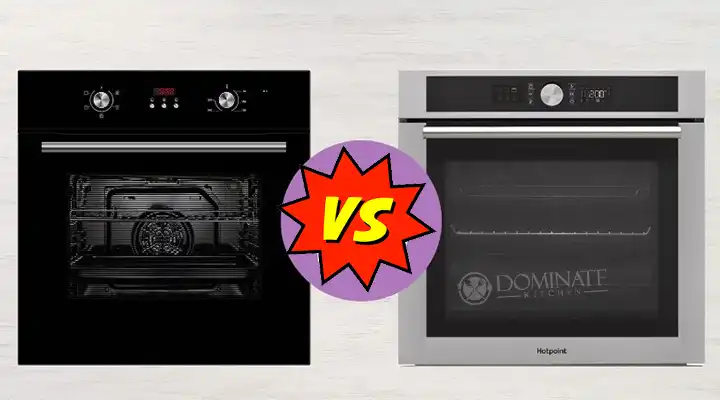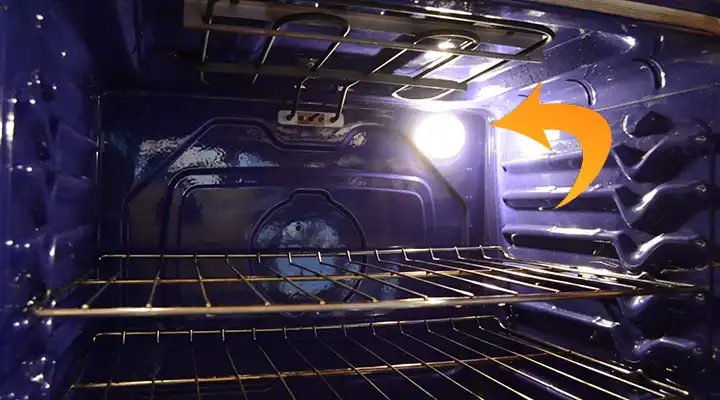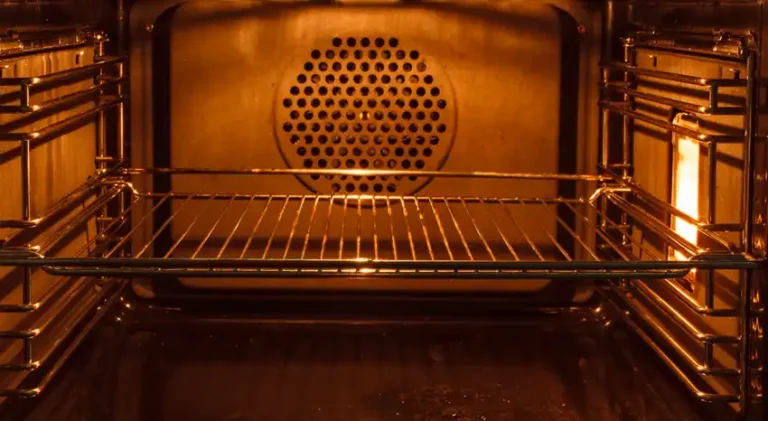Can A Wall Oven Be Gas? Ultimate Explanation
Although regular gas ovens offer an all-in-one solution, easier installation, and a cost-effective option, they come with limited design flexibility, no separate cooking zones, and they take up a lot of space in your kitchen. So, what’s the solution? Can a wall oven be gas so you can free up the huge space in your kitchen?
Yes, a wall oven can be gas or electric; both options are available on the market. Switching from a regular gas oven to a wall oven is a wiser decision for better flexibility and space-saving opportunities. If the comparison is between electric and gas wall ovens, they offer different heating mechanisms, cooking times, and energy efficiency.
I’m sorry if the short answer is confusing you, Please scroll down to know the full story. We’ll discuss whether all wall ovens are gas or electric-powered, how a gas wall oven works, the pros and cons of a gas wall oven, and so on.

Are All Types of Wall Ovens Gas-Powered?
No, there are both electric and gas wall ovens available on the market.
The key difference between a gas wall oven and an electric wall oven is the heating mechanism. Gas ovens use natural gas or propane as a fuel source to generate heat. On the other hand, electric ovens use heating elements that are located at the top and bottom of the oven. Those elements generate heat through electrical resistance.
Both types of wall ovens offer various standard sizes that fit your preferences. You’ll find different models of wall ovens including single, double, and combination.
How Does A Gas Wall Oven Work?
As we stated before, a gas wall oven works by using natural gas or propane as a fuel source for generating heat. Here’s the basic functioning of a gas-wall oven.
| Key Components | Functions |
| Gas valve | It controls the flow of gas into the oven. When you turn on the oven, a controlled amount of gas enters the oven’s combustion chamber by the valve. |
| Ignition System | When the oven is turned on, the ignition system produces a spark to ignite the gas-air mixture in the combustion chamber. |
| Combustion Chamber | The combustion chamber is the actual burning place of the gas for producing heat. |
| Thermostat | It monitors the temperature inside the oven and signals the gas valve to open or close in order to maintain the desired cooking temperature. |
| Controls and Timer | There are control knobs or electronic controls that allow you to set the desired cooking temperature and cooking time. |
So, these are the major components of a gas wall oven and their general functions. Now, scroll down to learn more about gas wall ovens and their pros and cons.
Pros and Cons of Gas Wall Ovens
Gas wall ovens offer flexibility and convenience. Here are some more key benefits and drawbacks of gas wall ovens.
Pros
- You can install multiple ovens when you choose a wall option since a wall unit has enough space for multiple appliances (such as a microwave). So, you can take the most advantage of your wall space.
- Gas wall ovens respond quickly to temperature adjustments and give you better control over your cooking. When you change the temperature, the ovens can adapt quickly to the new setting.
- Gas wall ovens are not only space-savers, but they also come in a sleek appearance and enhance the aesthetics of your kitchen.
Cons
- The installation of a gas wall oven can be complicated for you especially if you’re a beginner. Therefore, professional installation is required.
- Gas wall ovens can cost more than regular gas ovens due to the installation requirements and the separate purchase of a cooktop if needed.
Can An Electric Wall Oven Be Converted to Gas?
Yes, it’s possible to convert your electric wall oven into a gas wall oven but it’s not encouraged because of design differences, complexity, safety concerns, cost required, etc.
To convert your electric wall oven to a gas wall oven, you need to hire a professional electrician and a licensed plumber. The electrician will be changing the electrical outlet behind your stove and making it 110 volts from 240 volts. It’s because the plugs of the gas stoves do not fit into 240-volt outlets.
And, there’s a need for a licensed plumber because he will handle gas lines without any risk of leakage. He also needs to make sure that the selection of the right pipe is based on your building codes.
Moreover, gas oven conversions can often cost a few hundred to several thousand dollars depending on the installation costs, labor costs, conversion kit, and additional modifications. So, yes, if you think that you’re okay with all the factors mentioned, you’re welcome to convert an electric wall oven to gas.
Gas Wall Oven or Electric Wall Oven; What’s Best for You?
Which option is better for you depends on your personal preferences. Before we explain the differences and comparisons between gas wall ovens and electric wall ovens, here’s a quick comparison table for you to review.
| Comparison factors | Gas wall ovens | Electric wall ovens |
| Heating Mechanism | Use natural gas or propane burners for heat. | They use electric heating elements for heat. |
| Cooking Time | Heat up quickly, reducing preheating time. | Might take longer to preheat compared to gas ovens. |
| Temperature Control | Quickly respond to temperature adjustments. | Offer precise temperature control and accuracy. |
| Installation | A bit complicated they require gas line installation and proper ventilation. | Easier installation without gas line requirements. |
| Safety Consideration | Requires proper installation to avoid gas leaks. | Less concern about gas-related safety issues. |
Now, consider the points and decide which option fits better with your needs!
Conclusion
So, now you know the answer to the burning question- can a wall oven be gas?
Gas wall ovens are a great outcome of modern technology since they save up space, come in a flexible design, and have separate cooking zones. Although the installation can be tricky, things will be just fine if you get professional help. So, get a gas wall oven for you without overthinking, you’re on the right track!






![[Explained] Can I Use A Regular Light Bulb in an Oven?](https://www.dominatekitchen.com/wp-content/uploads/2023/03/Can-I-Use-A-Regular-Light-Bulb-in-an-Oven.webp)
